Understanding eSIM Technology
eSIM, or embedded SIM, represents a significant advancement in mobile connectivity technology, replacing the traditional SIM card with a programmable chip embedded directly into the device. Unlike conventional SIM cards, which require physical swapping to switch carriers or plans, eSIM technology allows users to change their mobile carrier settings remotely through a software interface. This flexibility eliminates the need for managing multiple physical cards, thereby streamlining the process of connecting to different networks, particularly beneficial for travelers and those seeking competitive mobile plans.
One of the primary advantages of eSIM technology is its ability to support multiple profiles on a single device. Users can store multiple carrier profiles simultaneously, enabling seamless transitions between networks. This feature is particularly appealing to international travelers who may want to switch to local carriers without the hassle of acquiring new SIM cards while abroad. Furthermore, eSIMs contribute to a slimmer and more compact device design, as they remove the need for a dedicated SIM card slot.
Furthermore, eSIMs facilitate quicker and more efficient activation of mobile services. Users can activate a new plan by scanning a QR code or downloading the carrier’s app, significantly reducing the activation times associated with traditional SIM card setups. Many modern smartphones, tablets, and smartwatches now support eSIM technology, making it increasingly accessible to users across the globe, including the United Kingdom.
In addition to their versatility and convenience, eSIMs enhance device security. Since eSIM profiles are securely stored and managed via the device’s software, there is a decreased risk of loss or theft compared to physical SIM cards. This robust security framework, combined with the operational efficiencies of eSIM technology, positions it as a vital component of the mobile communications landscape. As the demand for connectivity continues to evolve, eSIMs are poised to play a significant role in shaping the future of telecommunications.
Compatibility of eSIM with UK Networks
As the adoption of eSIM technology continues to rise, understanding which mobile carriers in the United Kingdom provide support for eSIM services is crucial for prospective users. Major providers have begun integrating eSIM capabilities into their offerings, allowing users to enjoy greater flexibility and efficiency when managing mobile connectivity.
Among the primary mobile carriers supporting eSIM in the UK are EE, Vodafone, O2, and Three. Each of these networks requires specific prerequisites for eSIM activation. For instance, users need to ensure their devices are eSIM compatible—many modern smartphones, including the latest iterations of Apple’s iPhone, Google’s Pixel, and Samsung’s Galaxy series, come equipped with this technology. To verify eSIM compatibility, users can visit the carrier’s website or consult their device’s official specifications.
Moreover, it is essential to be aware of the unique plans and deals that might be available for eSIM users. Some carriers offer specific eSIM plans that may differ from standard SIM-only or contract options, potentially providing benefits such as lower rates for international calls, increased data allowances, or flexible contracts. For example, EE promotes various eSIM plans tailored to frequent travelers, while Vodafone has aimed to attract customers with extensive international roaming features included in their eSIM offerings.
However, users should also be cautious about specific limitations associated with eSIM usage. These may include restrictions on switching between carriers or challenges in transferring service from an existing physical SIM to an eSIM. Understanding these considerations and confirming the details with your chosen provider before making a transition to eSIM will ensure a seamless experience. As the UK market for eSIM grows, staying informed about options and procedures from these carriers becomes increasingly advantageous.
Setting Up and Activating Your eSIM
Setting up and activating your eSIM in the United Kingdom is a straightforward process, designed to enhance your mobile experience. To begin, ensure that your device is eSIM compatible and that you have a stable internet connection. Most carriers will provide a QR code, which is crucial for downloading your eSIM profile.
To activate your eSIM, follow these step-by-step instructions: First, navigate to the settings app on your device. For iPhones, go to ‘Cellular’ or ‘Mobile Data’, then select ‘Add Cellular Plan’. For Android devices, the process can vary slightly, but you will generally look for ‘Mobile Network’ settings where you can find the option for ‘Add Mobile Plan’.
Once you have accessed the relevant section, select the option to ‘Scan QR Code’. Hold your device’s camera up to the QR code provided by your carrier, and the device will automatically recognize it. If the QR code does not work, ensure that the camera is clean and properly focused on the code.
After successfully scanning the QR code, your device will download the eSIM profile. Follow any prompts displayed on the screen to complete the activation. Upon success, you will receive a confirmation message. If you need to switch between different eSIM profiles, this can usually be done in the same settings menu where you initially added your plan. Simply select the desired profile to activate it for use.
In case you encounter issues during this process, common troubleshooting steps include restarting your device, ensuring your internet connection is functioning, or verifying that your carrier supports eSIM activation. Additionally, reaching out to your carrier’s customer support can provide specific guidance tailored to your situation.
Making Calls with an eSIM: Key Considerations
When utilizing an eSIM card in the United Kingdom, one must consider various practical aspects associated with making calls. An eSIM allows users to connect to a mobile network without the need for a physical SIM card, facilitating both traditional voice calls and modern Voice over Internet Protocol (VoIP) services. Understanding the differences between these two calling methods is essential for an efficient communication experience.
Traditional phone calls, which route through the cellular network, can be convenient but may incur higher costs, especially for international calls. Users interested in making calls abroad should be aware of the tariffs imposed by their mobile provider. Some carriers offer international calling packages that can significantly reduce charges. It is advisable to check the provider’s pricing structure before initiating any long-distance conversations.
On the other hand, VoIP services have become increasingly popular, as they leverage the internet to facilitate communication. Applications such as WhatsApp, Skype, and Zoom are commonly used for this purpose. VoIP not only allows for voice and video calls but can also support text messaging and multimedia sharing, enhancing the overall user experience. It is important to note that using VoIP will consume data; therefore, users should evaluate their data plans to avoid unexpected charges.
Moreover, users transitioning to an eSIM card can benefit from various apps that enhance call communication. Many VoIP applications provide features like call recording, transcription, and group calls, which can be essential for both personal and professional use. Therefore, understanding the compatibility of these apps with eSIM technology and ensuring a stable internet connection will maximize their utility.
In conclusion, choosing the right method for making calls using an eSIM card in the UK involves understanding the associated costs, data usage, and available applications. By considering these factors, users can ensure effective communication tailored to their needs.

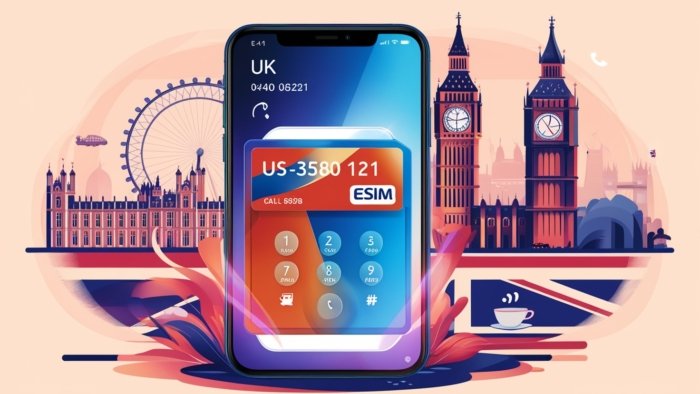
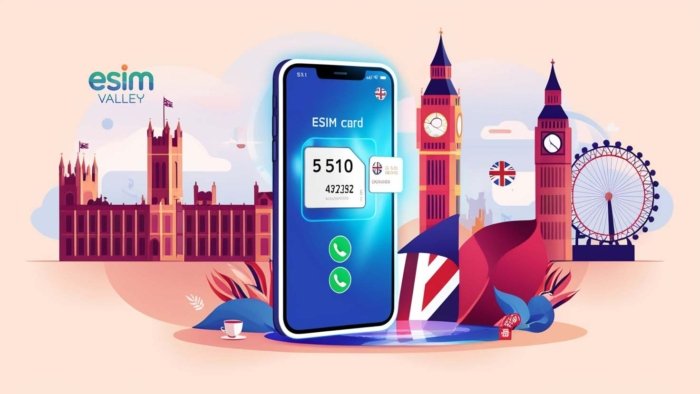
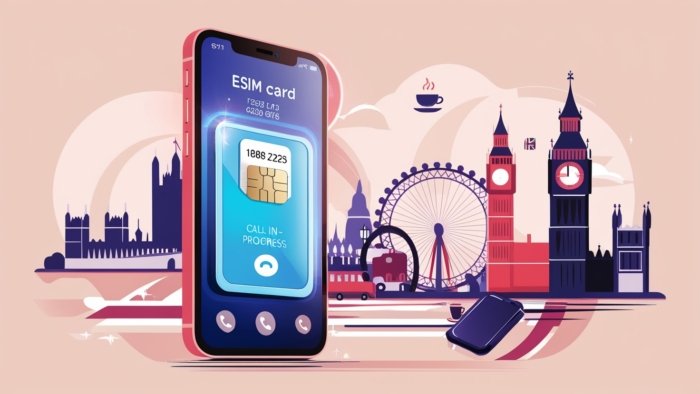
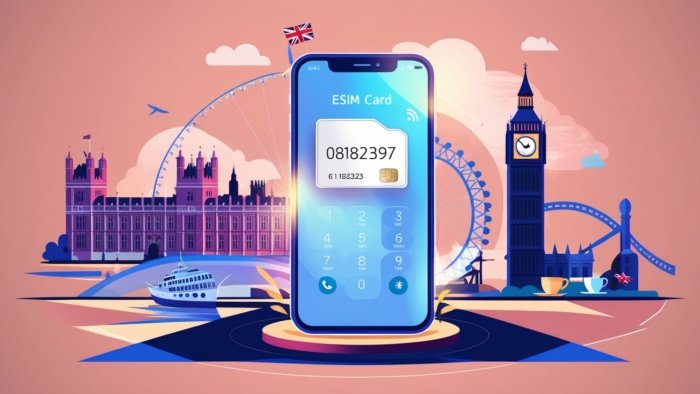


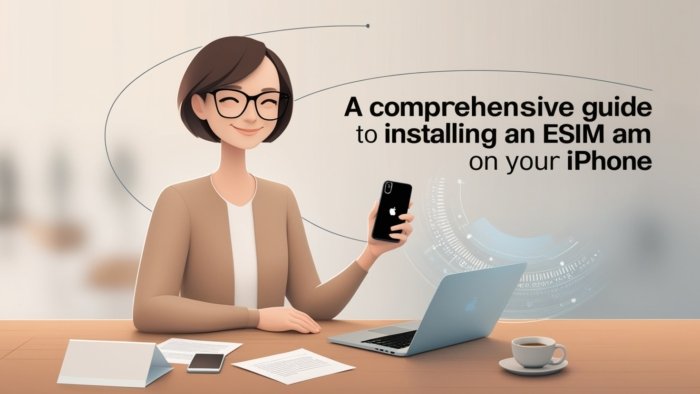
 eSIM technology represents a significant evolution in mobile connectivity, shifting from traditional physical SIM cards to an integrated, programmable alternative. In essence, an eSIM (embedded SIM) is a digital SIM that is embedded directly into the device, allowing users to activate cellular plans without having to insert a physical card. This innovation makes it possible to download multiple carrier profiles on one device, providing flexibility that was previously unattainable.
eSIM technology represents a significant evolution in mobile connectivity, shifting from traditional physical SIM cards to an integrated, programmable alternative. In essence, an eSIM (embedded SIM) is a digital SIM that is embedded directly into the device, allowing users to activate cellular plans without having to insert a physical card. This innovation makes it possible to download multiple carrier profiles on one device, providing flexibility that was previously unattainable.
 The operation of eSIM technology relies on a small chip that contains all the necessary information traditionally found on a physical SIM card. Users can manage their mobile plans through software settings on their devices, facilitating rapid changes between carriers without the necessity of physically swapping cards. This flexibility is particularly advantageous for international travelers, who can select local carriers when visiting different countries in Europe, thereby avoiding high roaming charges associated with maintaining a single carrier. With eSIMs, travelers can effortlessly switch between multiple carriers to find the best options for data and voice services during their journey.
The operation of eSIM technology relies on a small chip that contains all the necessary information traditionally found on a physical SIM card. Users can manage their mobile plans through software settings on their devices, facilitating rapid changes between carriers without the necessity of physically swapping cards. This flexibility is particularly advantageous for international travelers, who can select local carriers when visiting different countries in Europe, thereby avoiding high roaming charges associated with maintaining a single carrier. With eSIMs, travelers can effortlessly switch between multiple carriers to find the best options for data and voice services during their journey.